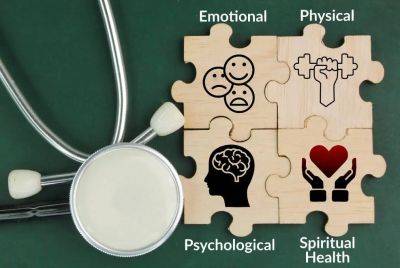ADHD Symptoms You Won’t Find in the DSM
The American Psychiatric Association’s Diagnostic and Statistical Manual is the enduring authority for healthcare providers who diagnose and treat mental health conditions.
Its origins date back to the 1800s1 and, though it continues to serve an important role for patients and clinicians, the DSM is not without significant problems.
In the context of ADHD, “the DSM simply does not describe ADHD as the rest of us experience it,” said William Dodson, M.D., in an article outlining the diagnostic symptoms that are missing.Emotion dysregulation, which research has shown to be a fundamental component of ADHD,2, 3 is one such symptom.
Another is gender differences, particularly in females who tend to mask or internalize their symptoms.4 “There’s some research on whether there might be a completely different presentation [of ADHD], at least in females, with a different time of onset and a different level of severity,” said Dave Anderson, Ph.D., in a recent ADDitude webinar on understanding the evolution of ADHD.If you could add any symptom to the DSM diagnostic criteria for ADHD, what would it be?
Read more on additudemag.com























